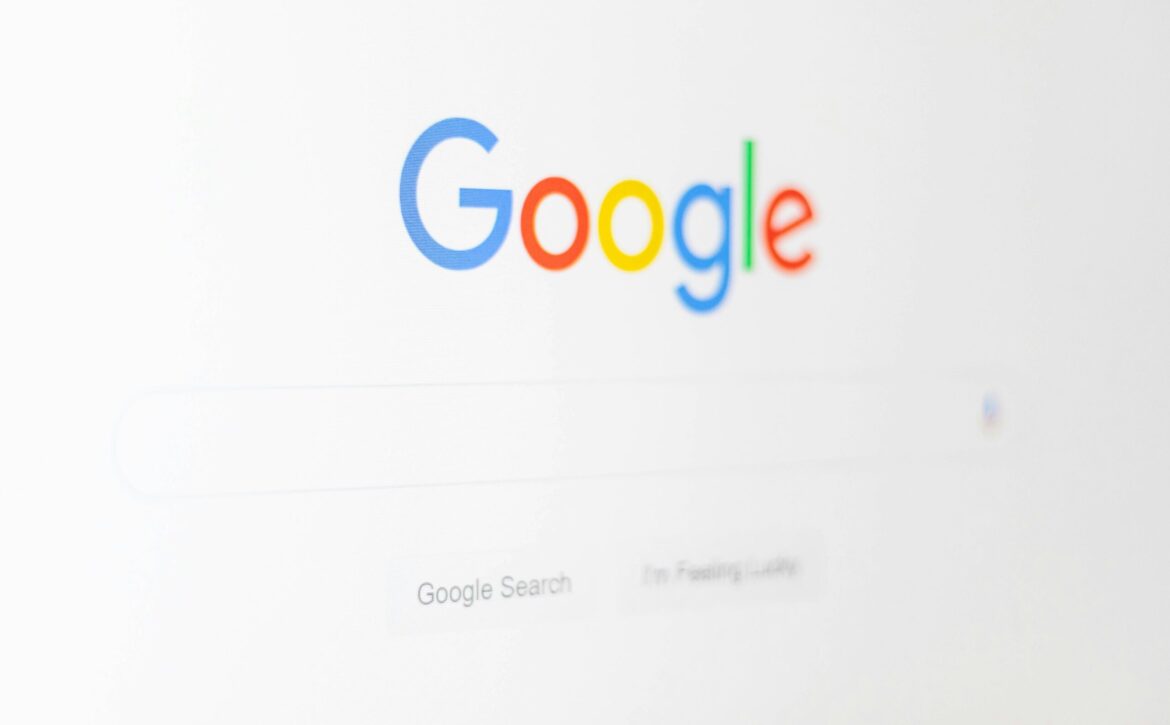Maximizing ROI: Paid Ads for Fishing Guides
In the competitive world of fishing guide services, standing out is crucial. Paid advertising can be a game-changer.
But how can you ensure your investment in ads pays off?
This guide will show you how to maximize your return on investment (ROI) using paid ads. Specifically, we’ll focus on Google Ads, a powerful platform for reaching potential clients.
We’ll cover everything from defining your target audience to crafting compelling ad copy. You’ll learn about budgeting, bidding strategies, and how to track your ad performance.
By the end of this guide, you’ll have a solid understanding of how to use paid ads effectively. You’ll be equipped with actionable strategies to attract more clients, increase bookings, and grow your fishing guide business.
Let’s dive in.
Understanding the Basics of PPC for Fishing Guides
Pay-Per-Click (PPC) advertising is an essential tool for fishing guides. It drives traffic to your website quickly.
In PPC, you pay a fee each time your ad is clicked. This method helps you reach potential clients effectively.
Here’s a quick overview of PPC components:
- Keywords: Words that trigger your ads.
- Ad Copy: The message that appears to users.
- Landing Pages: Where users go after clicking your ad.
PPC platforms like Google Ads allow you to target specific audiences. This precision ensures your ads reach the right people at the right time.
Defining Your Target Audience and Setting Goals
Defining your target audience is crucial for success in PPC advertising. Knowing your audience helps tailor your message.
Start by identifying key traits. Consider factors like age, location, and interests. Fishing preferences also play a role.
Once you’ve defined your audience, set clear goals. Determine what you want to achieve with your campaigns.
Goals could include increasing bookings, promoting special trips, or building brand awareness. Be specific and realistic in your expectations.
Having clear goals and a defined audience allows you to create more effective ad campaigns. It also helps measure success accurately.
Crafting Your Google Ads Campaign
Creating a successful Google Ads campaign involves several key steps. Start by setting up your campaign structure.
Choose a campaign type that aligns with your goals. Most fishing guides benefit from search or display ads.
Next, develop a clear strategy. Decide on your budget and bidding approach.
Organize your ad groups by themes or services. This helps tailor ads to specific client needs.
Make use of ad targeting options. Customize settings based on demographics and locations.
– Select a suitable campaign type (e.g., search or display)
– Develop a strategic budget and bidding plan
– Organize ad groups by themes or services
– Customize targeting by demographics and locations

Keep your campaign organized and focused. Regularly review performance and make necessary adjustments.
Selecting the Right Keywords
Identifying the right keywords is vital for a successful Google Ads campaign. Choose phrases related to fishing guides.
Focus on terms potential clients might use. Local keywords can enhance your campaign.
Consider long-tail keywords. These can capture specific search intents and reduce costs.
Use keyword research tools to find effective terms. Keep your list targeted and relevant.
Writing Compelling Ad Copy
Crafting compelling ad copy is an art. Your goal is to grab attention and prompt action.
Begin with a strong headline. Make it clear and engaging.
Highlight unique selling propositions (USPs). Focus on what sets your services apart.
Include a clear call-to-action (CTA). Invite readers to book a fishing trip or learn more.
Utilizing Ad Extensions and Landing Pages
Ad extensions can enhance your ads. They provide additional information like contact details or special offers.
Popular extensions include call, location, and sitelink. Each adds value to your ads.
Landing pages play a crucial role in converting clicks. Ensure they are well-designed and relevant.
Focus on a clear message and straightforward navigation. A great landing page supports a seamless user experience.
– Use call, location, and sitelink extensions to add value
– Ensure landing pages have clear and relevant content
– Focus on easy navigation to enhance user experience

The combination of ad extensions and landing pages boosts conversion rates. Keep them aligned with your campaign goals.
Budgeting and Bidding Strategies for Fishing Guides
Setting a realistic budget is essential for effective paid ads. Estimate your budget based on desired reach and client bookings.
Allocate funds wisely among various campaigns. Focus more on high-return ad groups and keywords.
Understand different bidding strategies. Options include automated bidding, cost-per-click (CPC), and cost-per-acquisition (CPA).
Choose a strategy that aligns with your objectives. Test different approaches to find the most cost-effective solution.
Regularly monitor your spending and adjust as needed. This ensures you get the best return on investment.
Optimizing Ad Scheduling and Targeting
Timing is key in ad scheduling. Make sure your ads appear when potential clients are most active.
Analyze past customer interactions to determine peak engagement times. Use this data to set your ad schedule.
Additionally, target specific locations for more effective reach. Local targeting helps attract clients ready to book nearby services.
Regularly review your scheduling and targeting strategies. Adjust based on performance to maximize ad effectiveness.
Tracking and Measuring Ad Performance
Understanding how your ads perform is critical for success. Tracking key metrics allows for informed decisions.
Use analytics tools to monitor ad activities. This data provides insights into what’s working and what needs change.
Focus on analyzing trends over time. This helps identify patterns and optimize strategies accordingly.
Consider setting up a tracking list to simplify process:
- Click-through rate (CTR)
- Conversion rate
- Cost per acquisition (CPA)
Continually refine your strategy based on findings.
Key Metrics to Monitor
Start with click-through rate (CTR). It shows ad engagement levels. High CTR indicates effective ads.
Next, focus on the conversion rate. This measures how many clicks turn into bookings.
Cost per acquisition (CPA) is another vital metric. It reveals the cost-effectiveness of your ads.
By monitoring these metrics regularly, you can fine-tune campaigns. This ensures you achieve maximum ROI on paid ads.
Adjusting and Improving Your Paid Ads Over Time
Fine-tuning your ad campaigns is essential. Regular adjustments enhance performance and increase return on investment.
Consider the data insights gathered from tracking. Use these insights to make informed changes in your campaigns.
Experiment with different ad elements. A/B testing helps discover which variations yield better results.
Stay current with industry trends and changes in ad platforms. This knowledge helps maintain a competitive edge and optimize effectiveness.
Leveraging Success Stories and Avoiding Common Pitfalls
Success stories offer valuable lessons. Learn from fellow fishing guides who achieved great results with paid ads. Analyze their strategies and adapt them to your approach.
Avoid common mistakes that can undermine your efforts. Watch out for misleading ad copy or neglecting mobile optimization.
Stay compliant with advertising guidelines. Adhering to these rules ensures your campaigns run smoothly.
Always look for areas of improvement. Continual refinement keeps you ahead and ensures long-term success.
Conclusion: Staying Ahead in the Digital Advertising Game
Consistently evolving strategies are key for success in digital advertising. Stay informed about industry trends to outpace competitors.
Embrace innovation and remain flexible in your approach. By doing so, you’ll maximize ROI and grow your fishing guide business. Keep adapting to maintain a strong market presence.







